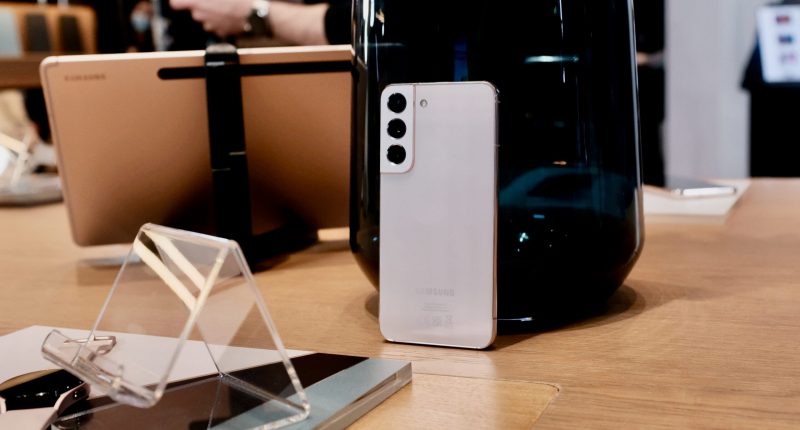India, as the second-largest market for smartphones in the world, has seen the dominance of Chinese manufacturers for a long time now. In spite of the increased scrutiny by regulatory and tax authorities, Chinese smartphone makers such as Xiaomi, Oppo, Realme, and Vivo have continued to dominate the Indian market. This dominance is further highlighted by the fact that Xiaomi captured the top spot and continued to persist as the number-one smartphone brand in India for no less than 20 quarters. But now, its streak has been broken as Samsung managed to slip past the Chinese smartphone vendor to capture the top spot in the final quarter of 2022, a new report from Canalys suggests.
According to its latest quarterly report on the smartphone market in India, Canalys observed Xiaomi’s fall from the top in the final quarter of the previous year. For October-December 2022, the Beijing-headquartered smartphone manufacturer managed to ship 5.5 million units and thus fell to third place. According to Sanyam Chaurasia, an analyst at Canalys, Xiaomi’s fall from the top position can be attributed to a poor performance in its e-commerce festive sales, when the company aimed to clear out the inventory of its older models. This resulted in stockpiling of their products in online channels during the winter quarter, while rivals Vivo and OPPO put a greater emphasis on offline channels in Tier-III and Tier-IV cities in the country and became the only two vendors in the top five to clock annual growth for the winter quarter.
The winter quarter of 2022 also marked the first instance since 2017 of a smartphone vendor other than Xiaomi taking the top spot in the Indian smartphone market. However, when it comes to the total shipments of smartphones for the entire year, Xiaomi managed to hold on to the top spot with 29.6 million shipments and a market share of 20%. Samsung, which claimed the top spot in India’s smartphone market for the winter quarter, shipped 6.7 million units and held a market share of 21%. For the whole year, however, it closely followed Xiaomi with 28.6 million shipments and a market share of 19%.
“India was better positioned to weather the global downturn than other markets. But domestic consumer spending cooled in the last few months of 2022,” Chaurasia said. “Even during the festive season, the domestic market suffered a fall in transactions, retail spending, and electronic imports. In 2022, consumers already had up-to-date technology that they had bought during the pandemic, thereby delaying further purchases. This led to smartphone brands struggling with inventory management because demand was subdued. Vendor channel management strategies have become more important than ever. The mid-to-high-end segment performed well this year, which will further catalyze the upgrade cycle.”
Overall, the total number of shipments of smartphones in India clocked an annual drop of 6% to reach 151.6 million units last year, owing to adverse macroeconomic conditions, low demand, and supply issues. And for the first time ever, the smartphone market clocked an annual decline in the fourth quarter – a drop of 27%. The scenario aptly reflects the case of the global smartphone market, which witnessed an annual decline of 11% in shipments to fall below 1.2 billion. The drop in shipments for the final quarter is even steeper – 17% – while Apple regained the top sport during the period with a market share of 25%.
